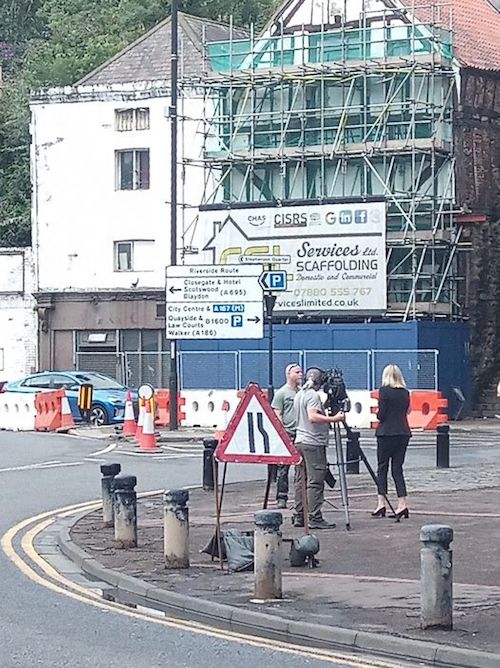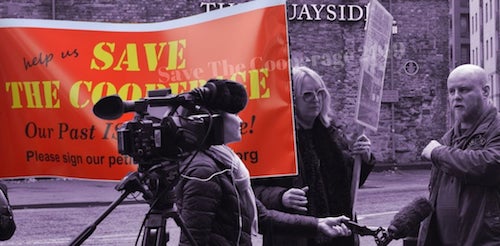The gallery is currently divided into three sections. The first is about our ancestral home, The Cooperage, located on The Close on Newcastle's Historic Quayside. The second details the Coopers Company. The third features a small number of images from our Save the Cooperage Campaign.
Enjoy the archive. If you see something that requires clarification or is just plain wrong then please let me know.
Edit : This page needs optimising for those on slow internet connections. I'll get that sorted in the next couple of days.
|
|
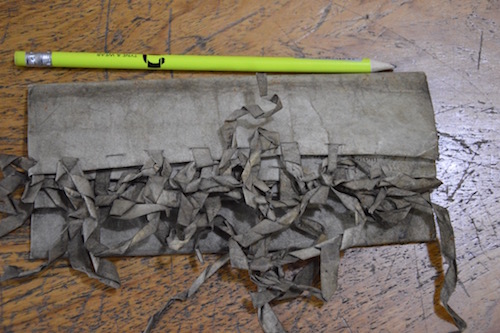 |
Like most of the other medieavil Craft Guilds still surviving into modern times, the Coopers Company does not have a Constitution. The day-to-day running of the company is left largely to good goverance and common sense. However, there have been occasions (mostly involving matters of discipline) when we have felt the need to refer to the Company's Rules and Ordinary for guidance.
|
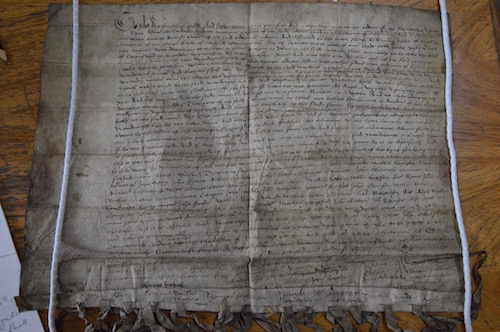 |
This version was written in the year fifteen thirty six when Queen Elizabeth the First was on the thrown although it's believed that there had been an earlier document, possibly penned in the year fourteen twenty eight, when the Company was first formed.
To the untrained eye, the document is pretty unintelligible. However, the more recent additions are plainly legible and worth checking out. Have a look at the About page for an article on visiting the City's Archives and viewing the Oridnary in person.
|
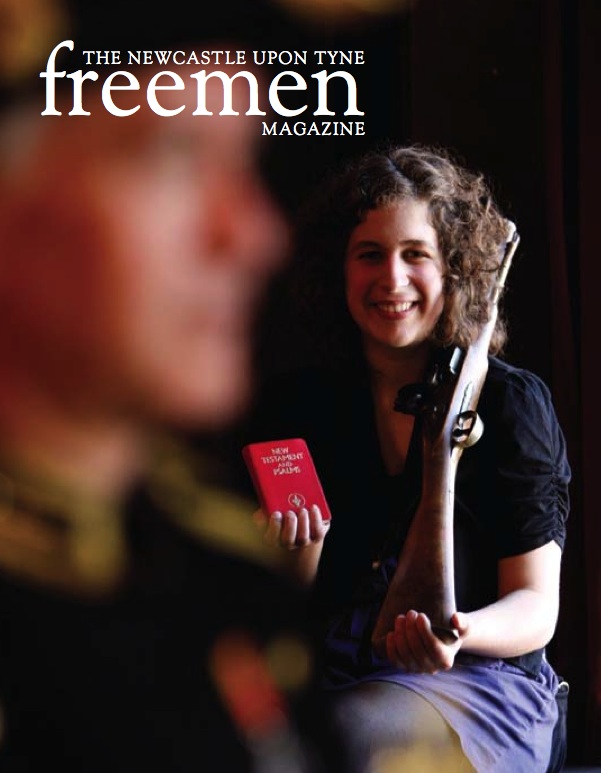 |
Nina Blenkinsop, the first Lady Freemen, April 2010
The Local Democracy, Economic Development and Construction Bill, which received Royal Assent on 12th November 2009, stripped away gender restrictions so that daughters of Freemen have equal rights to the Freelage by inheritance.
After nearly nine hundred years and much campaigning, women were finally admitted to the Freelage in April 2010 when Nina Blenkinsop, daughter of Michael Blenkinsop, was admitted to the Coopers Company. Nina's sister, Alex was admitted a few years later.
|
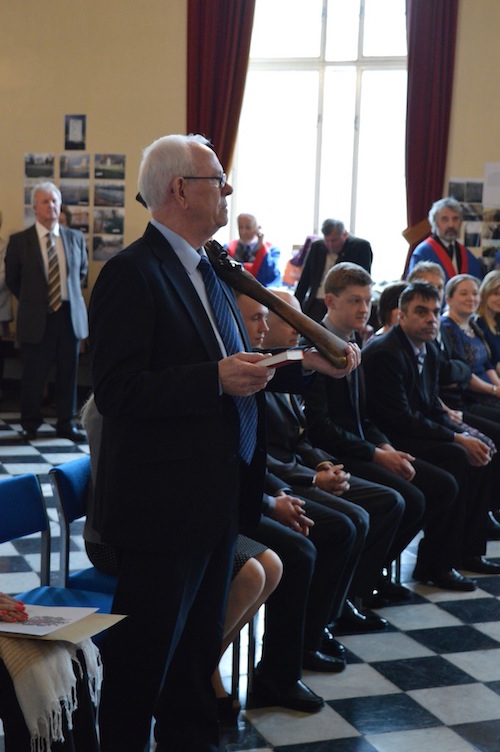 |
Swearing in a new Cooper at the Guildhall, April 2014
|
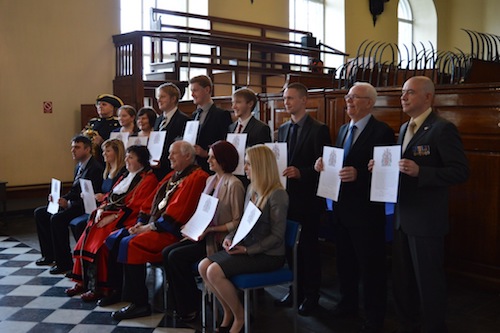 |
New Freemen recently sworn in at the Guildhall, April 2014
|
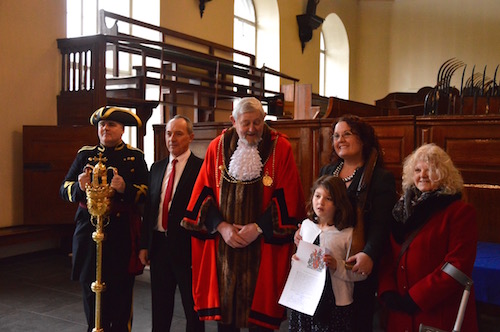 |
Swearing in a new Cooper at the Guildhall, April 2016
|
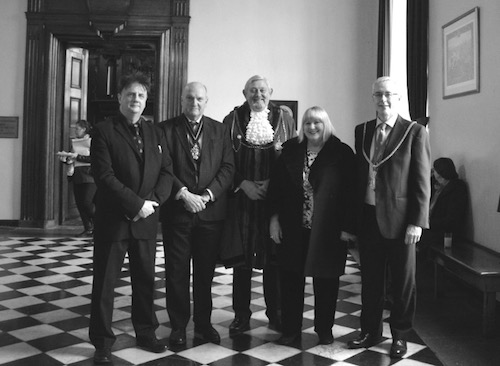 |
Building Bridges:
Coopers from London and Glasgow meet their counterparts from Newcastle in front of Lord Mayor of Newcastle, Councillor Ian Graham, January 2016.
|
|
|
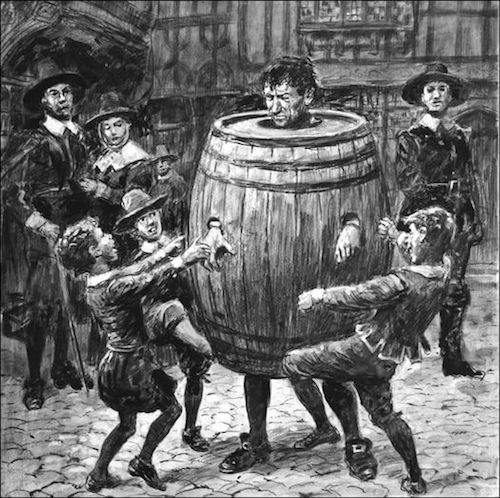 |
The Medeavil practice of putting a thief in a barrel, circa 1550. If the thief was lucky then he may have been dumped in a fresh, unused barrel. If he was unlucky then his barrel may have previously contained butter, beer or worse, fish.
Rest assured, this was no easy punishment. The barrels used would have been very heavy indeed, typically in the region of ninety to one hundred pounds, and the unlucky individual would have been tied into the barrel for at least a week. He (or she) would have been unable to feed themselves without assistance. Washing? Toilet functions? All but impossible. A very, very undiginified punishment. Maybe that was the point?
|
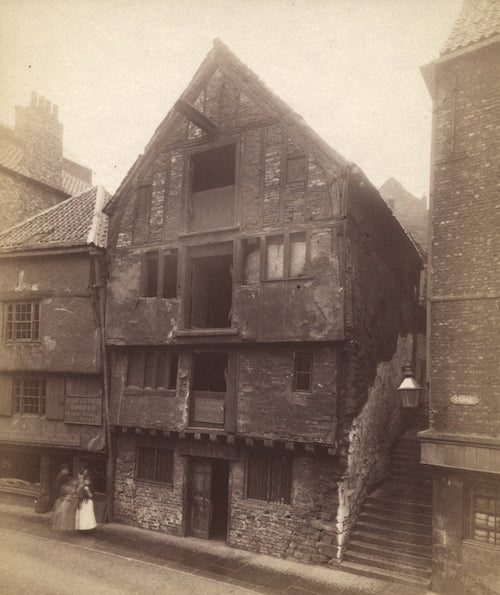 |
The Cooperage circa 1880 (Image: Newcaste Libraries) |
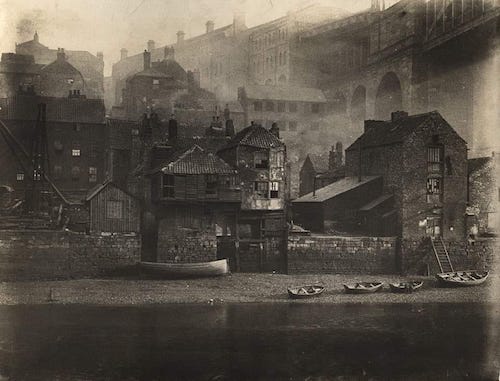 |
Newcastle, looking up towards the underside of the High Level Bridge, as seen from Pipewellgate, Gateshead in 1860.
PipewellGate no longer exists. At a guess, it was located on the Gateshead side of the river and just north of Askew Road although I could be wrong. By many accounts, it was not a pleasant place to live.
|
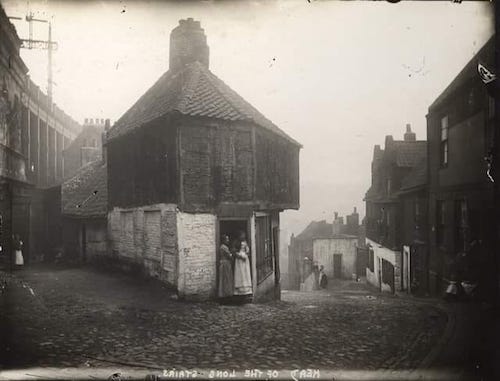 |
The Long Stairs run up the side of the The Cooperage and emerge next to the present day Moot Hall. They were a convenient route from the upper levels of the town to the Quayside. This photograph illustrates the living conditions at the time. Not very good, eh?
|
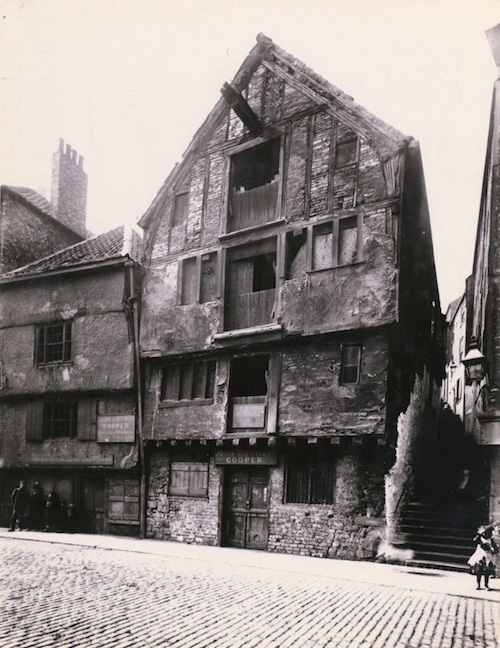 |
The Cooperage, Newcastle uponTyne, circa 1900
|
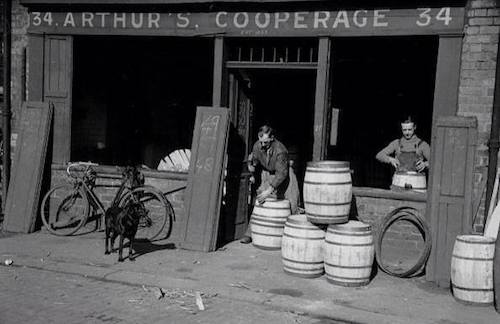 |
John Arthur's The Cooperage, Newcastle uponTyne, 1930
|
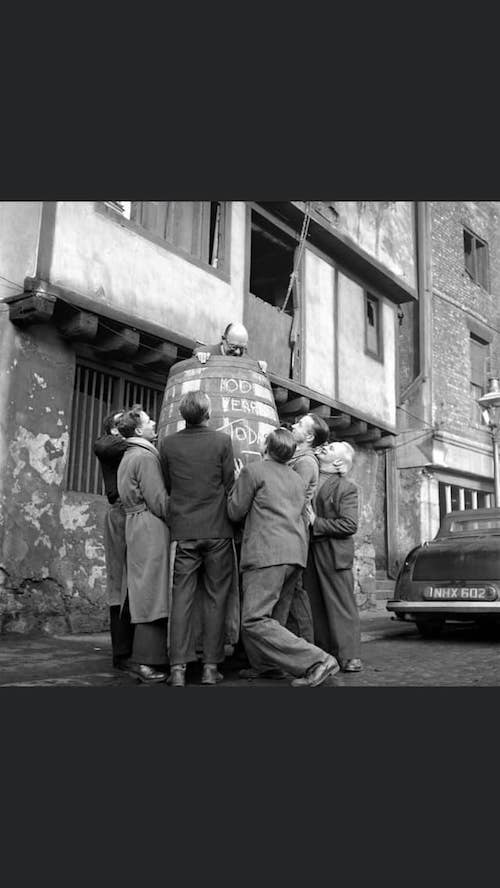 |
This was a well-known tradition amongst Coopers. When an apprentice had completed his training, he went through the ritual of being rolled in a barrel. But at Arthur's Cooperage in Newcastle-on-Tyne, Tyne and Wear, the procedure was reversed and the boss was himself was rolled in a barrel. The occasion was a special one as the firm was celebrating its 100th anniversary and the toast was Mr John Arthur, the present head of the firm, who has been in post for 40 years.
After the rolling ceremony was over a barrel of beer was opened for the employees and a good time was had by all. December 1953
|
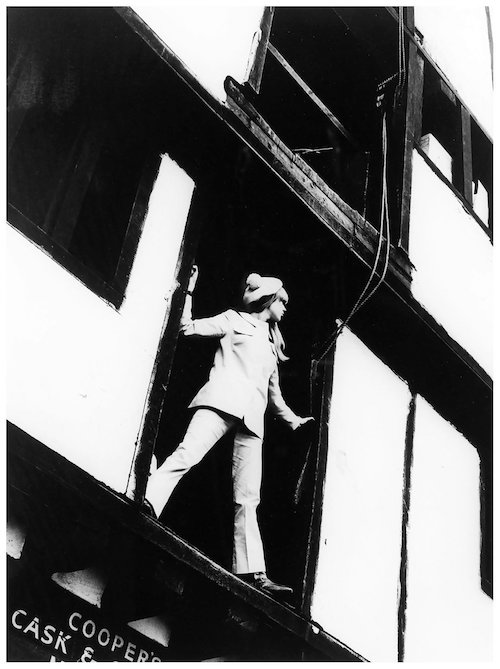 |
The model Pattie Boyd striking a pose at the Cooperage on December 4th 1965. Her then boyfriend, George Harrison was playing at the City Hall in Newcastle that evening - as a member of The Beatles.
For those of you unfamiliar with Pattie's place in popular culture, she was the inspiration for George's song Something. Alas, Pattie was wooed away from Mr. Harrison by his best friend, Eric Clapton who wrote Layla and Wonderful Tonight for her.
|
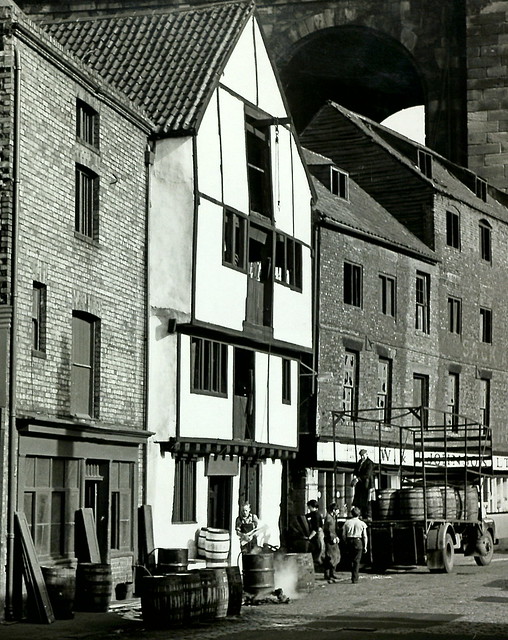 |
Arthur's Cooperage, circa 1966
|
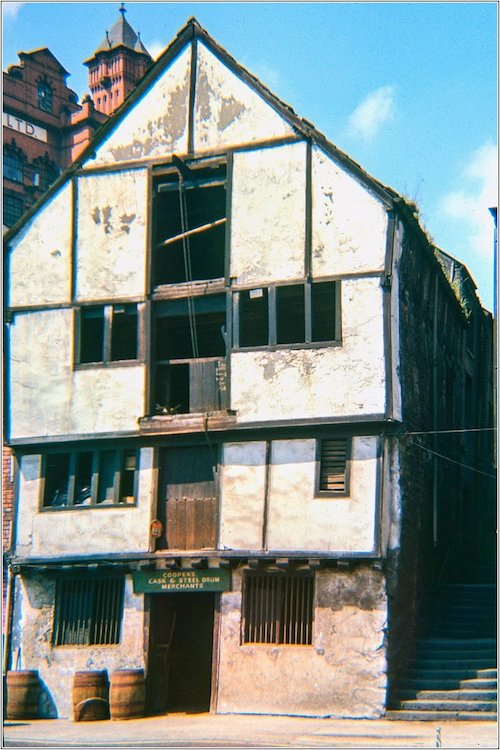 |
The Cooperage, circa 1970
|
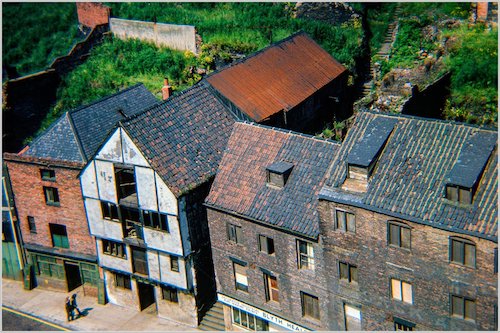 |
The Cooperage, circa 1970
|
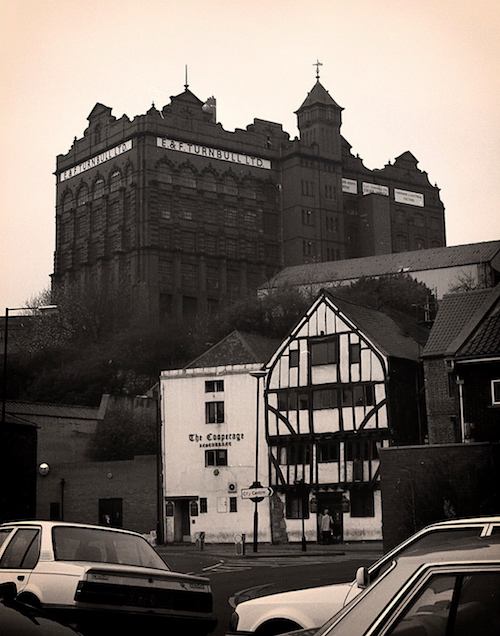 |
The Cooperage, circa 1980. Photograph by Graeme Stark.
Behind the Cooperage lies the tall and impressive Turnbull Building. Formerly a storage warehouse for electrical wholesalers E. & F. Turnbull, the building is now executive apartments. Rumours persist that several famous Geordies including Composer Sting and alleged actor Jimmy Nail have lodgings therein.
Recent archeological digs in the basement of the building strongly suggest that the area between The Close and Clavering Place had originally been occupied by a Carmelite Monastery although this was flattened following Henry VIII's dissolution of the Monasteries. Having been cleared, the space seems to have been taken over by large and imposing town houses owned by the City's merchants.
Nothing changes, eh?
|
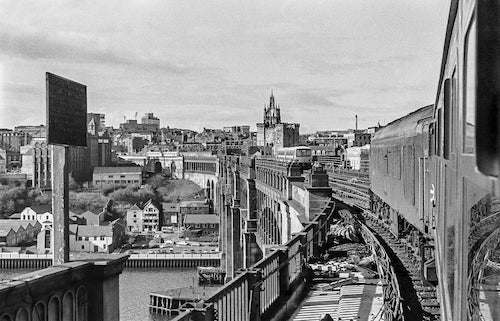 |
Superb photograph of Newcastle by Craig Dunn, as seen from a train crossing the High Level Bridge in 1985.
This is how most of us of a certain age prefer to remember the Cooperage, as a brilliant public house full of life and energy, and hosting some of the best (and the worst, let's be honest) live bands on the circuit at the time.
Many folk enjoyed their first pint in this pub. A fair number of husbands-to-be proposed within those hallowed walls.
Hard not to feel moved when you see the appalling state it's in at the moment.
|
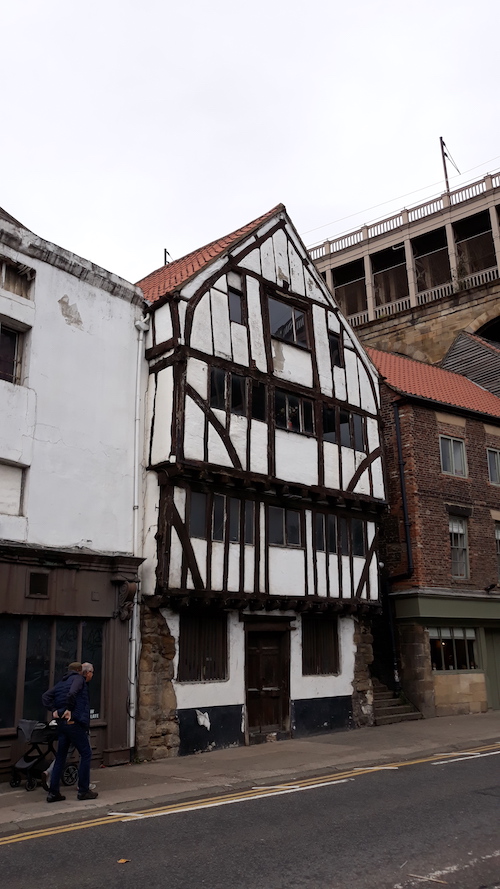 |
The Cooperage, circa 2019
The appalling state of the building at this point moved many people to action. The general feeling was that unless something was done to bring this building's plight to into the public arena then The Cooperage would probably have just fallen down or been condemned as unsafe or simply suffered an unfortunate fire.
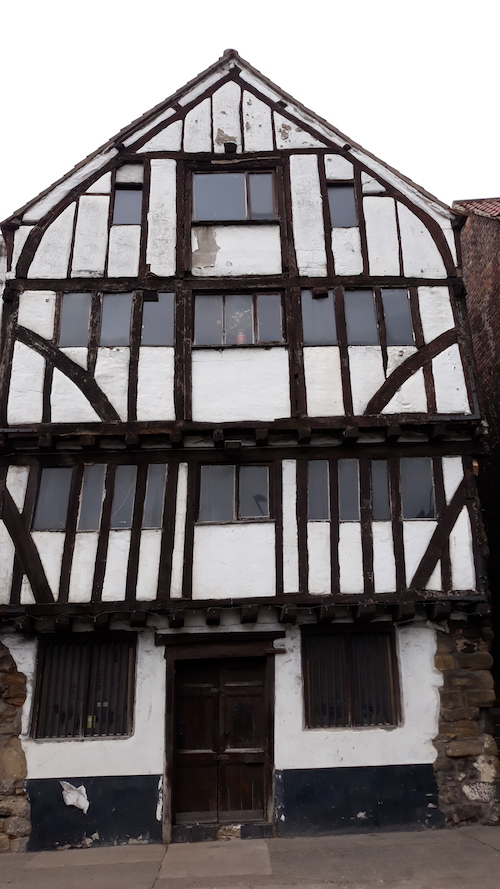 |
The Cooperage, circa 2019
Another view of The Cooperage, again from 2019.
|
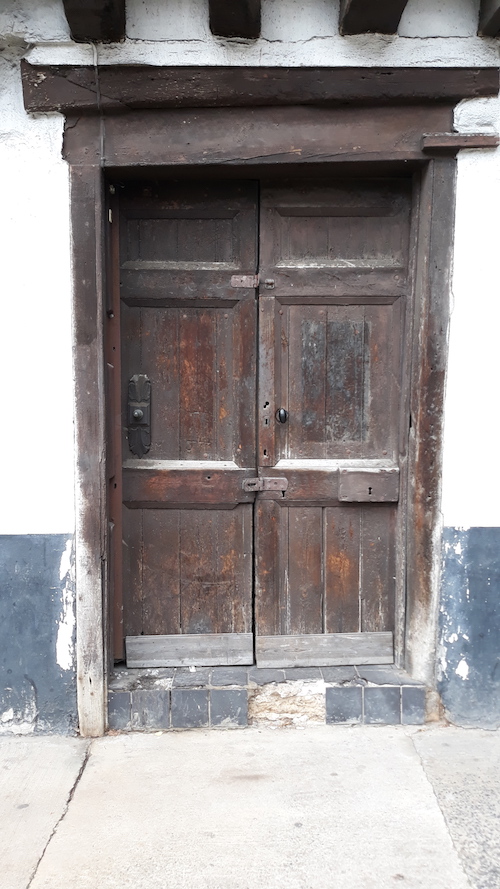 |
The Cooperage's Front Door 2019
How many of us have passed through this Hallowed Portal?
More importantly, how many can remember leaving?
|
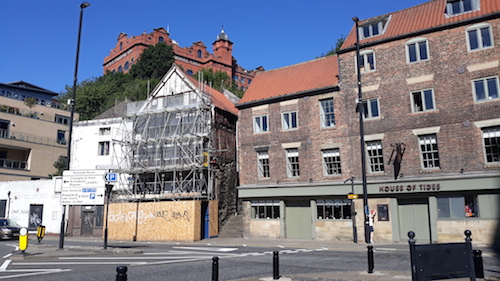 |
The exterior of the Cooperage as of August 2022. The scaffolding is present to prevent the entire building falling into the road below. Plainly, the outside of the building is in a poor state. Reports as to the condition of the building's interior vary. Some say it's in reasonably good nick for a building that is close to five hundred years old. Others suggest it's been permanently damaged.
|
|
























